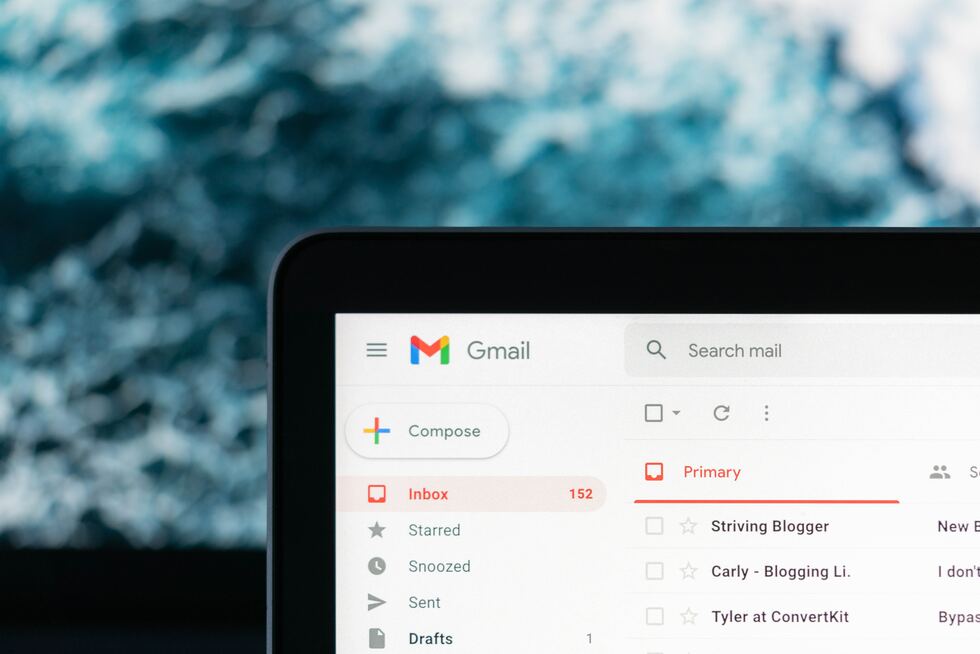
Understanding the Autoplay Phenomenon
Autoplay, as implemented by Netflix, instantly previews or plays content upon brief hover or at the end of another show. While intended to provide an engaging, seamless experience, it has been a double-edged sword for many.
The Pitfalls of Default Autoplay:
-
Unanticipated Intrusions: Autoplay can startle, especially when it’s unexpected. Instead of aiding the user journey, it sometimes interrupts, causing minor yet frequent irritations.
-
Economic Concerns with Data and Resources: Autoplay can rapidly consume data. In regions or households where data is metered or limited, this might lead to extra costs—something users are unlikely to appreciate.
-
The Element of Disruptive Sound: Imagine searching for a show in a quiet environment, and suddenly a preview starts blaring. This disturbance might result in users instinctively muting their devices, hindering overall experience.
-
Rushing the User Journey: Streaming platforms are meant to provide leisurely entertainment. Autoplay can introduce an unintentional urgency, rushing users and reducing browsing pleasure.
-
Overstimulation and Decision Fatigue: With autoplay, a user is constantly fed new information—scenes, sounds, plots—which can overwhelm and culminate in decision paralysis.
-
Control in the Hands of the Platform, Not the User: User Experience’s primary principle is to grant users control, making them feel empowered. Hard-to-disable autoplay seems contrary to this ethos.
-
Ambiguous Engagement Metrics: From a business perspective, autoplay can cloud analytics. A preview played out of default doesn’t equate to genuine user interest, potentially skewing content strategy.
Striking the Right Balance: Engagement vs. Comfort
Netflix’s strategy involves retaining user interest, but at what cost? Striking a balance between business objectives and genuine user comfort is pivotal, especially for industry frontrunners.
Redefining Autoplay: Potential Solutions
-
Easy Opt-Out: While Netflix does offer a way to disable autoplay, making this option more prominent and accessible could alleviate many concerns.
-
User Onboarding with Choices: When users first sign up or during app updates, presenting them with playback choices can ensure they curate their experience from the outset.
-
Intelligent Limits: Implementing limits, like reducing autoplay frequency or only enabling it during certain hours, can be less intrusive.
Holistic User Experience: Beyond Autoplay
When one thinks of Netflix, the first thing that might come to mind is the seamless autoplay feature that lines up the next episode for binge-watchers. But the success of Netflix’s User Experience (UX) is a combination of multiple facets beyond just autoplay.
Recommendation Algorithms: One of the most powerful tools in Netflix’s arsenal is its recommendation algorithm. Through sophisticated machine learning models, Netflix personalizes content suggestions, ensuring that users see titles they’re likely to enjoy. This eliminates the daunting task of sifting through thousands of options, making the content discovery process more streamlined and enjoyable.
UI Design: A clutter-free, intuitive interface goes a long way. Netflix’s UI design is straightforward yet efficient, ensuring that users can navigate the platform with ease. Thumbnails, synopses, and user ratings all work cohesively to aid in the decision-making process.
Categorization: Netflix’s content categorization is both broad and specific, allowing users to explore genres they love and discover niches they might not have known about. Whether you’re in the mood for a romantic comedy, a gripping documentary, or indie films, Netflix’s categorization ensures there’s something for everyone.
Continuous evaluation and feedback loops have been a cornerstone of Netflix’s success. By staying attuned to user feedback, they ensure their platform evolves with the tastes and preferences of their audience, solidifying their position as the top choice for viewers globally.
Final Thoughts: The Evolution of Streaming UX
Since its inception, Netflix has undoubtedly revolutionized the way we consume content. From being a DVD rental service to becoming the global leader in streaming, its journey is a testament to the importance of adaptive UX design.
The autoplay feature, though innovative and user-centric, is just the tip of the iceberg. It’s a reminder that in the dynamic world of digital entertainment, there’s always room for growth and evolution. Today’s innovation might become tomorrow’s standard, but the key lies in never becoming complacent.
Platforms that are proactive, that listen, adapt, and innovate based on user feedback, are the ones that will lead the future of digital entertainment. As we move forward, the emphasis will always be on putting the user at the center of design decisions, ensuring that their experience is nothing short of exceptional.
Header Photo by Dima Solomin on Unsplash







